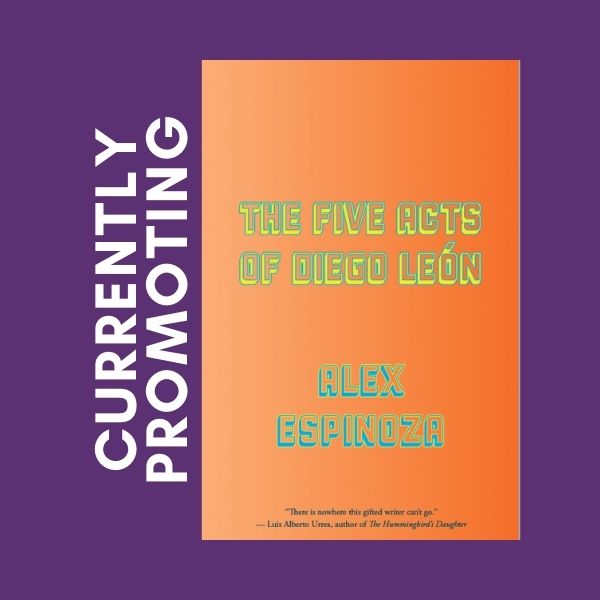


He plays every ethnic stereotype to keep working. He must deny being Mexican to be considered for better roles, and he must certainly hide his homosexuality to be able to play a leading man, a “Romeo,” a Latin Lover. Espinoza skillfully shows his protagonist becoming more determined, self-indulgent, and duplicitous while keeping him sympathetic, even when he betrays his friend to get his first break in Hollywood, and when he has a homosexual affair behind his girlfriend’s back.ĭiego’s homosexuality is treated not as the central story, but as just one dimension of his character, revealed as he explores his identity in a Hollywood full of obstacles.

But while Diego starts out as an innocent and humble boy, he becomes a selfish man who takes up arms only for himself, even in the face of the Repatriation, which saw hundreds of thousands of Mexicans and Mexican-Americans unjustly deported.

While most immigrant stories tend to focus on economic survival or a desperate attempt to escape political turmoil, this journey to the north is for the heart. A central theme of the novel is identity, and how fluid it can be: Diego changes his identity many times, sometimes out of personal need, and sometimes because he is anxious to please others in his quest for stardom. Interrupted by the Cruceros, who are fighting back against the government, Diego decides to go to Los Angeles to pursue his dream of being a Hollywood star. The day before his wedding he flees to Mexico City, determined to create his own life and be true to his name: Léon. But he knows he can’t love her, and that he has stronger feelings for his best friend, Javier. He adopts the last name of Sanchez and is set to marry a rich girl. A light-skinned Mexican, Diego is easily embraced by the upper classes, who look down on the poor peasants fighting the Federales. They teach him to say his father was a wealthy French businessman who met his mother in Nice. They train little Diego to lie about his father’s background as a “half-breed” peasant. His mother passes, and when his father comes home a changed man, incapable of caring for Diego, the boy is sent to live with his bourgeois grandparents in Morelia. Diego and his mother live a peasant’s life awaiting his father’s return. Not just about cinema, but cinematic itself, the novel opens with Diego’s father taking up arms to fight in the Mexican Revolution. Alex Espinoza’s second novel, The Five Acts of Diego Léon, explores the journey of a peasant Mexican boy who leaves Mexico during the Mexican Revolution and comes to Hollywood to make it as a Latin Lover in second-rate pictures. THE STEREOTYPE of the Latin Lover fulfills a unique role in the American psyche, a dangerous but exciting fantasy that began as a Hollywood stereotype and hasn’t evolved much since the days of silent movies.


 0 kommentar(er)
0 kommentar(er)
